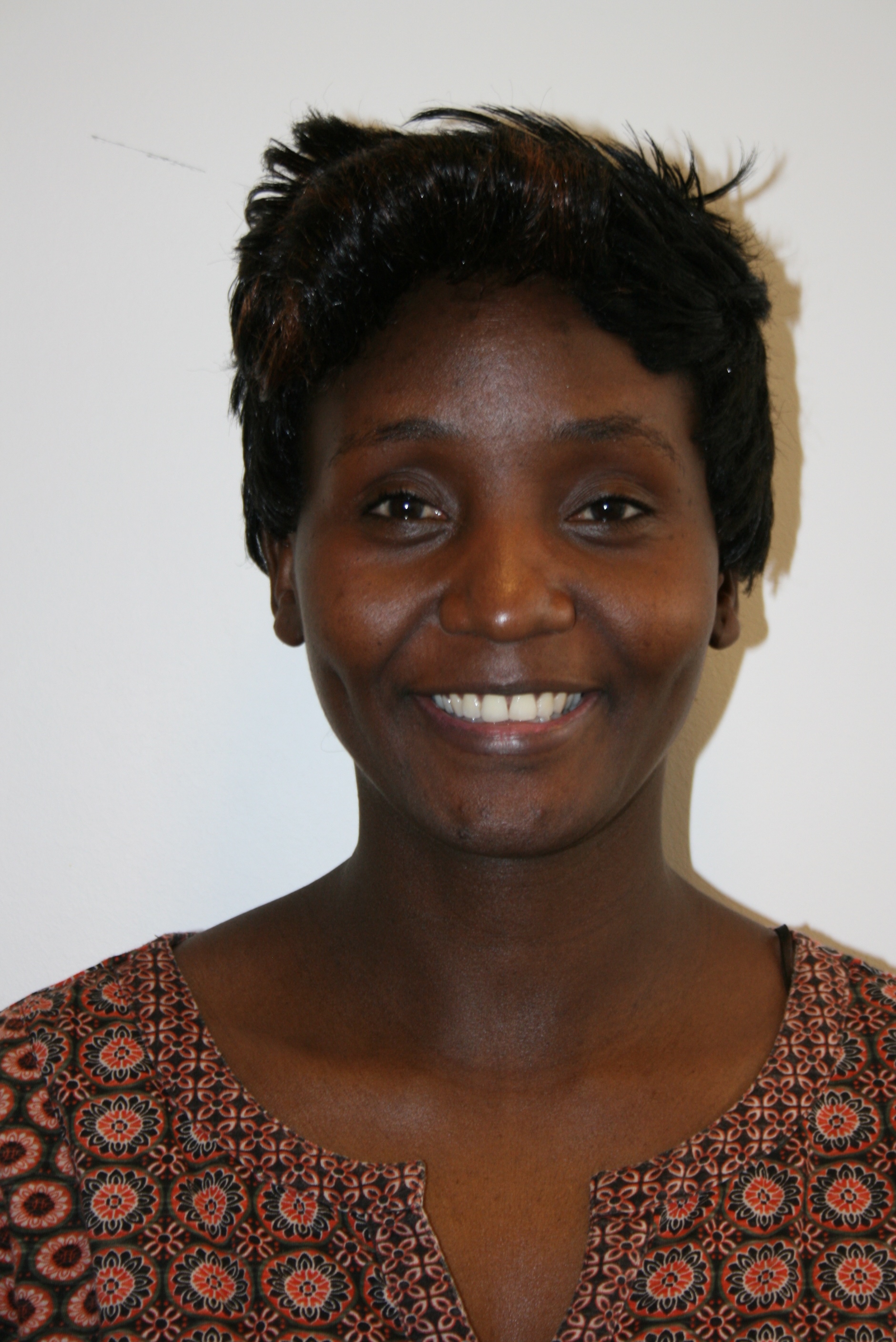MSc defence by Maureen Ambunya
 Maureen Nechesa Ambunya, MSc Fellow in geophysics at the University of Iceland will give a presentation on her MSc project on Tuesday 8 August, 2017 at 14:00 at University of Iceland, Askja building, room N-131.
Maureen Nechesa Ambunya, MSc Fellow in geophysics at the University of Iceland will give a presentation on her MSc project on Tuesday 8 August, 2017 at 14:00 at University of Iceland, Askja building, room N-131.
The title of the project is:
Processing and inverting resistivity soundings from Mt. Longonot field, Kenya. An interpretation of the subsurface resistivity structure in the context of the geothermal field
Maureen's supervisors are:
Gylfi Páll Hersir, Ásdís Benediktsdóttir, at ISOR, and Magnús Tumi Guðmundsson at University of Iceland.
The external examiner will be Leó Kristjánsson, at University of Iceland.
Everyone's welcome to attend.
Abstract
Exploration of geothermal resources has become an important practice in volcanic regions. Geophysical methods play a major role in subsurface exploration of geothermal resources. Among the geophysical methods used in exploration are resistivity methods as well as seismic, gravity and magnetic methods. Electrical resistivity methods, Magnetotellurics (MT) and Transient ElectroMagnetics (TEM), which are commonly used in mapping the subsurface resistivity variations, are described in this work.
The MT and TEM data, which are used in this study were collected in the Mt. Longonot high temperature geothermal field in Kenya, located within the Great East Africa Rift System. The data were processed and 1-D inverted, and the results presented as resistivity cross sections and depth slices.
Strong geothermal manifestations and recent eruptions are indicative of a heat source under the caldera, which could be at a shallow depth beneath the summit crater.
From the results found using 1-D modelling of the MT/TEM data, the resistivity structure of Mt. Longonot field has mainly four resistivity sections. A high resistivity zone of unaltered formations at the surface, a low-resistivity anomaly observed at shallow depth, a high resistivity zone associated with the change in alteration minerals from low to high temperature mineralogy, and a conductive zone that dominates to southeast of the study area and just below the summit crater, which could be associated with a heat source.
It can be inferred from the study that Mt. Longonot is a fracture controlled geothermal system. This is because the conductive layer is aligned along the eruption centers that are in line with the Tectono Volcanic Axis structure and the numerous volcanic centers to the southeast of the field. Outflow zone from the geothermal system is probably to the south and south east of the area.

